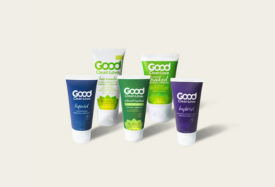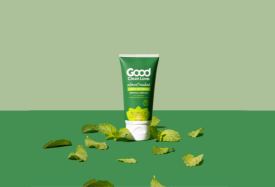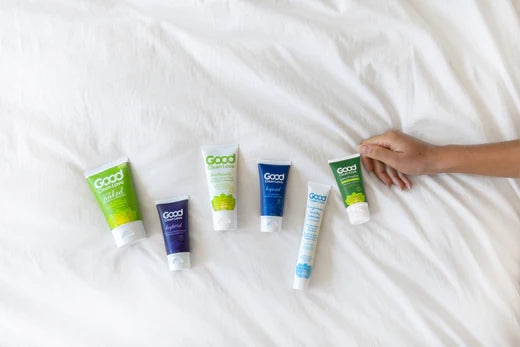“The moment she had laid the child to the breast both became perfectly calm.” –Isak Dinesen
I never fully understood my breasts until a couple of days after the birth of my first baby. I was in the tub learning how to express milk, being coached by my friends who were reading aloud from the La Leche League handbook.
Literally overnight, my breasts had filled to the size of ripe cantaloupes, the skin stretched tight and my breasts hard as rocks. They were so big, that a baby couldn’t even latch on. Sore and hormonal, all I could do was cry. Soaking in the hot water, I slowly learned the hand motion of expressing the milk ducts that I didn’t even know I had a few days earlier, I wept even more as my milk began to flow. An hour later, my breasts were recognizable to me again. I was lying in a veritable milk bath, awakened to the wonder of my body, steeped in the unique and magical super-food that my breasts produce spontaneously.
The lights came on: this is what my breasts are for, this is how I am a mammal, and this is how we grow our young. In that moment everything about how I had understood my body changed. Function was the real beauty.
Skin-to-Skin Connection
But it wasn’t just function that hooked me so deeply on the nursing relationship. It was the profound and singular connection that happened each time I looked into my babies fluttering eyes as she gazed into mine. It was the deep relaxation that came over both of us as we settled back into the couch, knowing that I had everything she needed right here inside of me. It was the way that nursing her helped her and all my babies feel safe, even through many arduous medical interventions. The comfort that they found at my breast was life changing for all of us and I believe is still part of the bond that I share with my four kids today.

I learned a lot about what it means to be a mother, just by surrendering to what my body already knew how to do. Although many of the studies on breastfeeding focus on the many nutritional benefits of breast milk, the most long lasting and abiding benefits may be derived from the skin to skin depth of connection.
The Rise in Breastfeeding
I was a part of the generation of breastfeeding moms who were still fighting for the right to nurse in public. We were in the minority then, dedicated to breastfeeding before the multitude of studies on the benefits of nursing were common knowledge. The rise in breastfeeding as the standard of care is recent and rare among public health initiatives.
Today, more than 75% of mothers in America nurse at birth and close to 50% are still nursing at six months, which represents well over a 35% increase from my nursing days. Although these gains are impressive, they remain selective within higher socio-economic status and are uneven by race. The truth is that, as a stay-at-home mom, breastfeeding was a natural and easy choice for me. If, like many women today, I had to leave my baby at eight weeks or younger, I am not sure that I would have joined the legions of women who pump their milk for their baby’s consumption but don’t get to enjoy the profound intimate bonding that comes with the baby at the breast. In fact, over 85% of women who breastfeed today pump their milk, which speaks volumes about how our maternity care system has yet to catch up to this meaningful rise in breast feeding.
Breast Milk for Sale
Now that breast milk has become the standard of care, it has also become a commodity – costing more per ounce than crude oil. In fact, breastfeeding has created a multi-billion dollar industry of not only milk, but pumps, accessories, and clothing has replaced much of the huge synthetic formula industry.

Not surprisingly, as breast feeding has shifted from a choice to a mandate for new mothers, many of the assured benefits of breastfeeding, from increases in cognitive development to lower rates of infection are now being scrutinized and questioned. Mostly, what has come clear is that it is difficult to assess breastfeeding as a singular factor in the health and well being of a child, because it is a behavior that is intimately entwined with so many other salient factors that reflect a family’s health and well being.
Saving Lives
And yet, in many developing countries around the world, there is no debate to be had when it comes to breastfeeding. Infants who are not breast fed are 14 times more likely to die, and the World Health Organization estimates that improving the education and increasing the rate of breast feeding could save 800,000 children’s lives annually. In turn, this would represent a 12% decrease in child mortality. And yet, it isn’t just education that is missing for many of these would-be nursing mothers, just as there is often no clean water, there is also frequently a shortage of calories. Women need nutritious diets to produce breast milk.
Perhaps the arguments about the worthiness of breastfeeding should be expanded into legitimate discussions of supporting new mothers with extended paid maternity leave so they could not only pump their milk, but truly nurse their young. And around the world, education about breastfeeding may be more openly received if it was delivered with highly nutritious food calories for the new mother.
Our breasts are among the most wondrous aspects of what it is to live in a human body and breast milk is liquid love. The question is not “does it really work?” but “how can we make it work for more of us?”














